Dietitian Reveals How to Trigger the Ozempic Effect Naturally Without Medication

The buzz around GLP-1 medications like Ozempic is everywhere, but what if you could get similar benefits naturally? Dr. Ashley Lucas, PhD, RD, is a Registered Dietitian and host of The Dr. Ashley Show. As a former professional ballet dancer with a PhD in Sports Nutrition and Chronic Disease, she specializes in science-backed weight loss strategies. Through her company, PhD Weight Loss and Nutrition, Dr. Ashley has helped over 10,000 people collectively lose more than 466,000 pounds nationwide. Discover how to turn on your body's own GLP-1 production with this full-day eating plan that will help curb cravings and burn fat, without the medication side effects.
Your Body Already Makes This Power Hormone
Your body naturally produces GLP-1 (glucagon-like peptide 1) in your gut, and it plays a crucial role in weight management. "GLP-1 tells your brain that you're full, slows digestion, stabilizes blood sugar, and helps to curb cravings," Dr. Ashley explains in her post. While medications simply mimic this action, specific foods and lifestyle habits can trigger your natural GLP-1 production without unwanted side effects. This natural approach works with your biology rather than overriding it.
RELATED: 15 Things to Know Before Requesting Ozempic for Weight Loss
Why Natural Is Better Than Medication
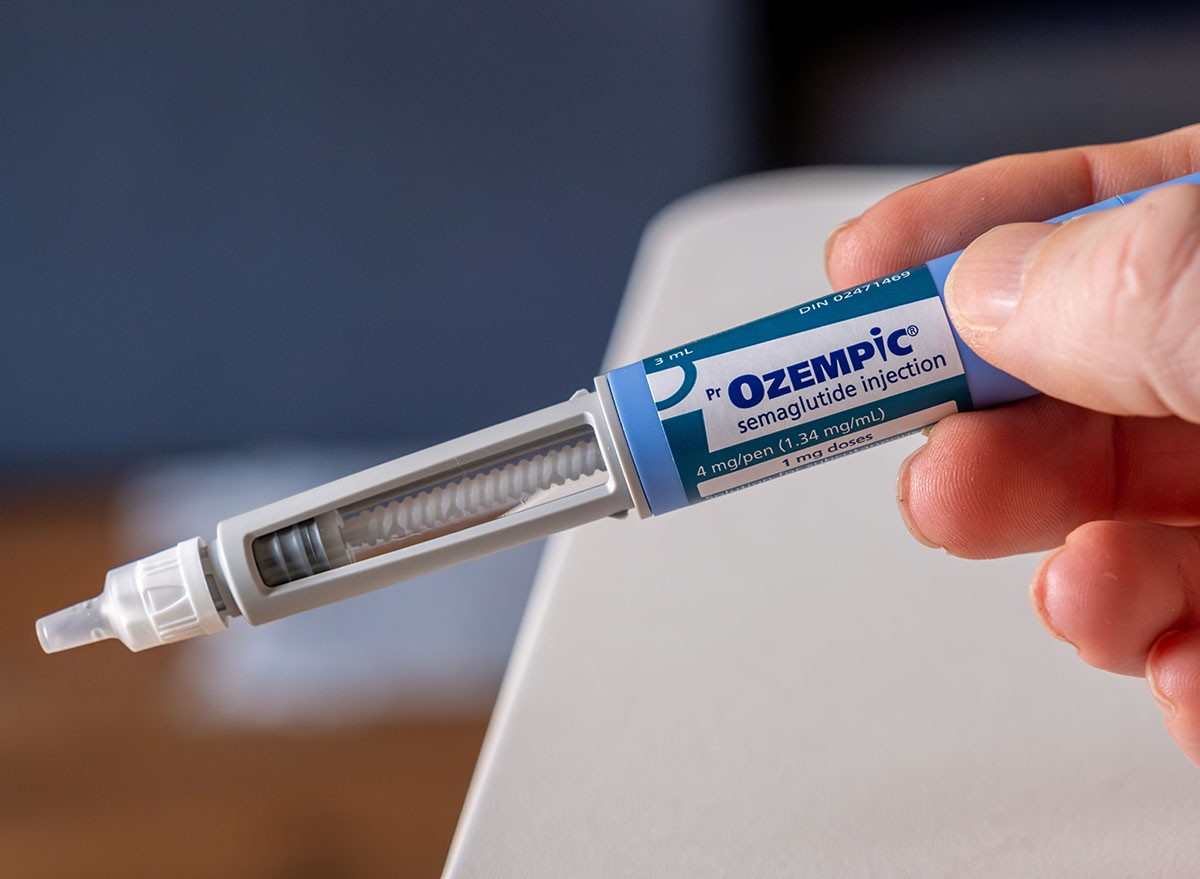
Relying on GLP-1 medications can override your body's natural feedback loops. "Whether you're taking the full dose or microdosing for the long term, it can lead to muscle loss, gut sluggishness, and nutrient deficiency over time," Dr. Ashley warns. Studies show approximately 70% of people regain weight after stopping these medications because their bodies never learned to regulate themselves. Natural GLP-1 production supports healthy digestion, lean muscle retention, and long-term metabolic flexibility.
The Four Keys To Natural GLP-1 Production
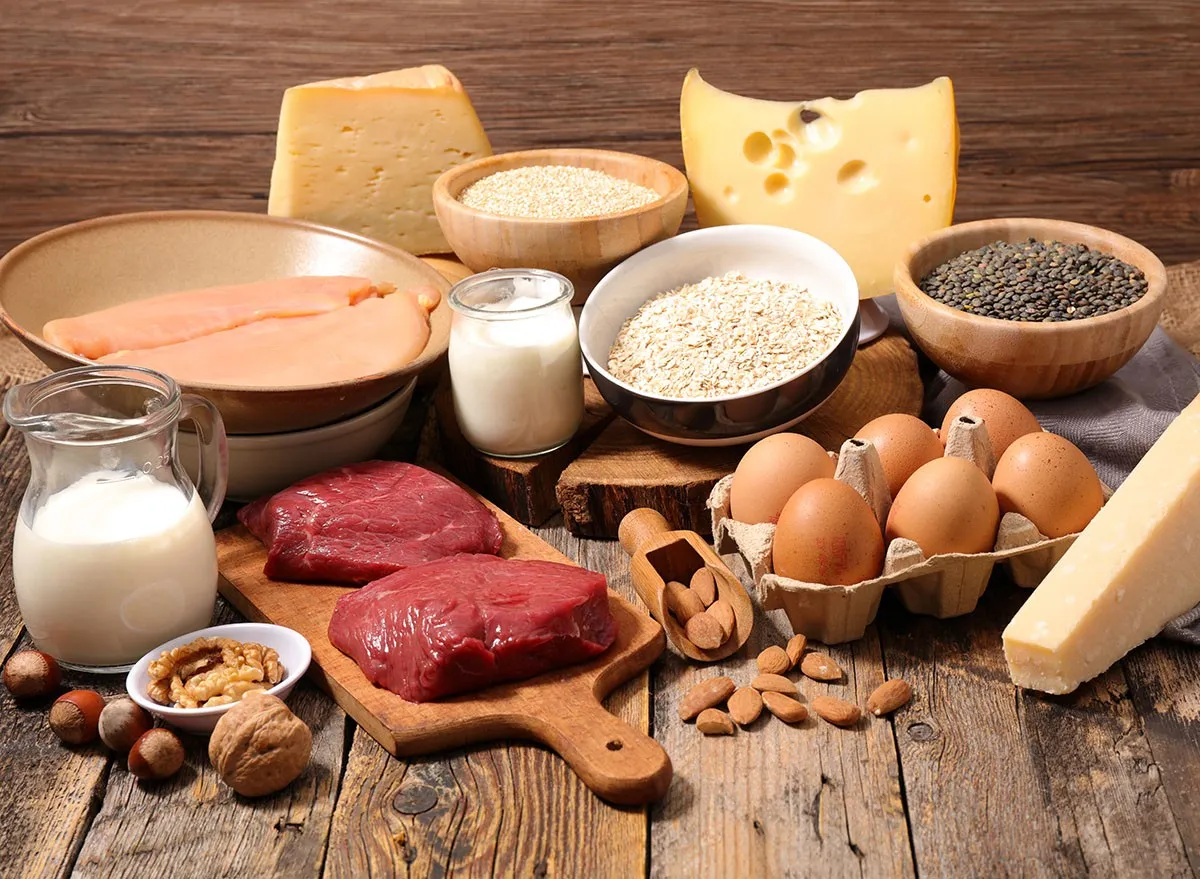
Boosting your natural GLP-1 levels requires a strategic approach to eating. "Protein stimulates GLP-1 the most, so you want to make sure you're consuming adequate protein throughout the day," says Dr. Ashley. Fiber plays a critical role too, as it slows digestion and enhances GLP-1 release. Since GLP-1 is secreted in the gut, fermented foods support the healthy gut microbiome necessary for optimal signaling. Finally, consuming healthy fats slows glucose absorption and keeps you full longer.
Start Your Day Right With A Savory Breakfast
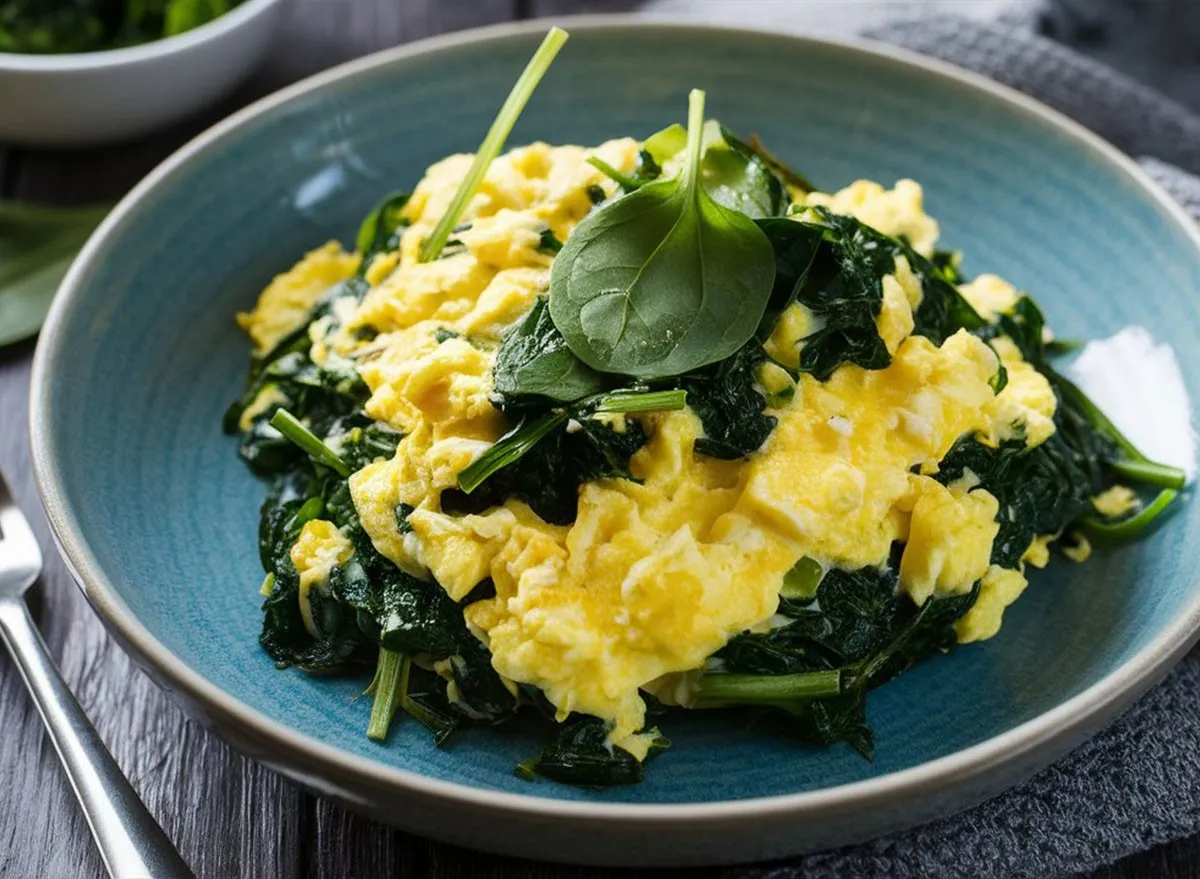
Your first meal sets the tone for your entire day's metabolic response. "You want to make sure breakfast is savory with a protein and fiber combination," recommends Dr. Ashley. An ideal morning meal might include two to three eggs scrambled with spinach or bell peppers, providing both protein and fiber. Add a side of avocado for healthy fats and more fiber, plus some fermented sauerkraut or salsa to support gut health. Coffee with a splash of heavy cream (Dr. Ashley's "favorite food") and allulose or monk fruit sweetener completes this GLP-1-boosting breakfast.
RELATED: 5 Things to Know Before Taking a GLP-1 Drug, According to a Nurse Who Takes It
Power Through Lunch With Slow-Digesting Foods
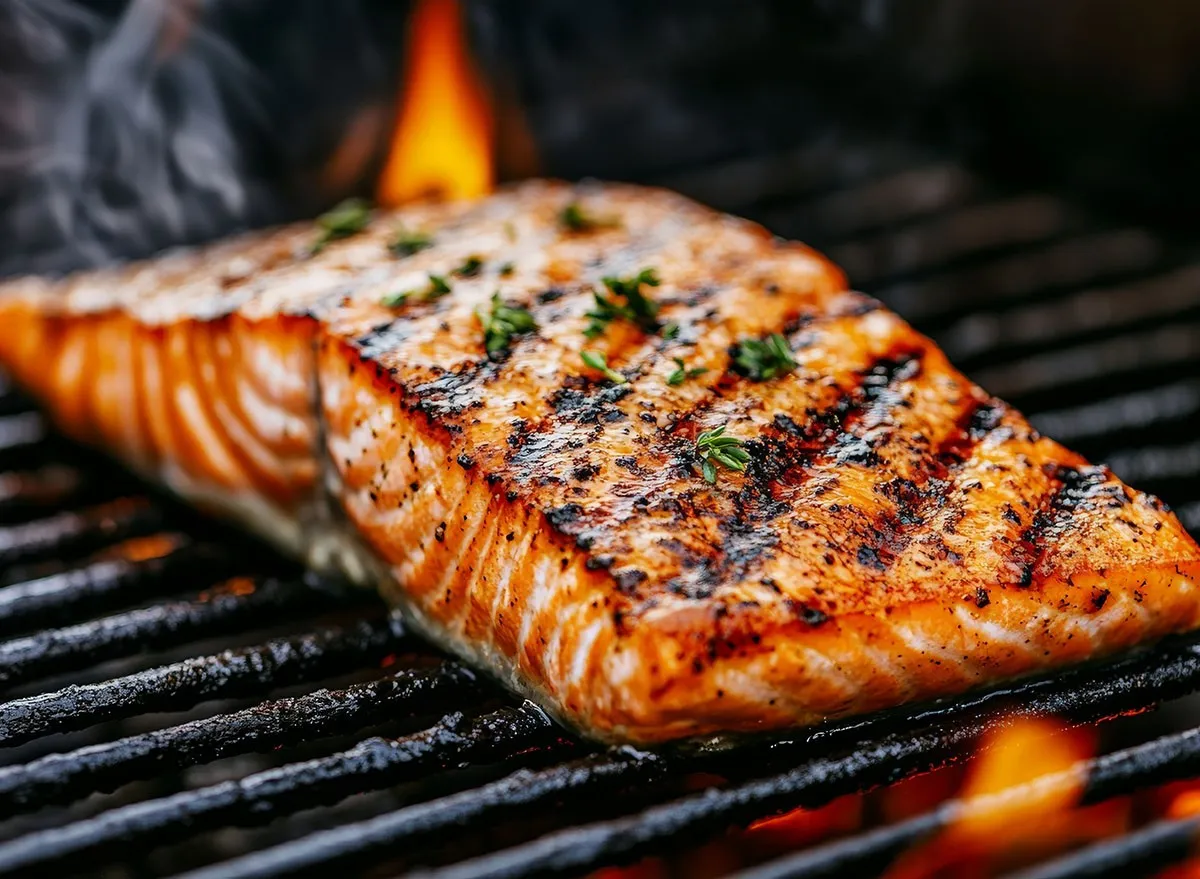
For your midday meal, focus on combinations that maximize satiety and GLP-1 production. "This would not be a peanut butter and jelly sandwich with chips, a cookie, and an apple—that's the worst lunch for triggering your own GLP-1 secretion," Dr. Ashley cautions. Instead, opt for grilled chicken or salmon over mixed greens with roasted vegetables and pumpkin seeds. Dress with extra virgin olive oil and apple cider vinegar, which helps control blood sugar. Adding fermented pickles or kimchi provides additional gut support to enhance GLP-1 production.
Don't Skip Your Afternoon Snack
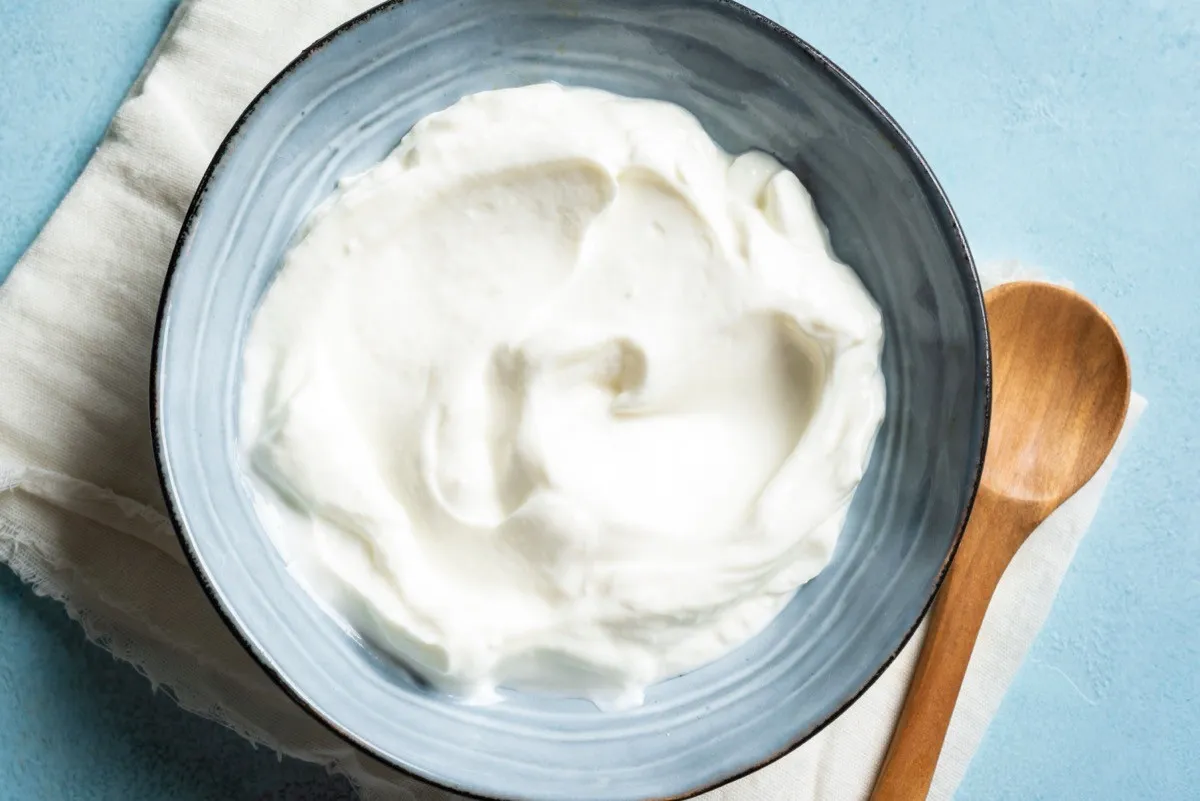
A strategic afternoon snack prevents evening overeating and supports steady GLP-1 production. "If you're not used to eating this snack and you've been struggling with your weight, you might want to incorporate it," suggests Dr. Ashley. Good options include full-fat or low-fat plain Greek yogurt with chia seeds (or zen basil seeds, which Dr. Ashley prefers for their lower lectin content) and a few berries. Alternatively, bone broth with added collagen and a small amount of butter or coconut oil provides protein and healthy fats that sustain fullness until dinner.
End The Day With A Protein-Forward Dinner
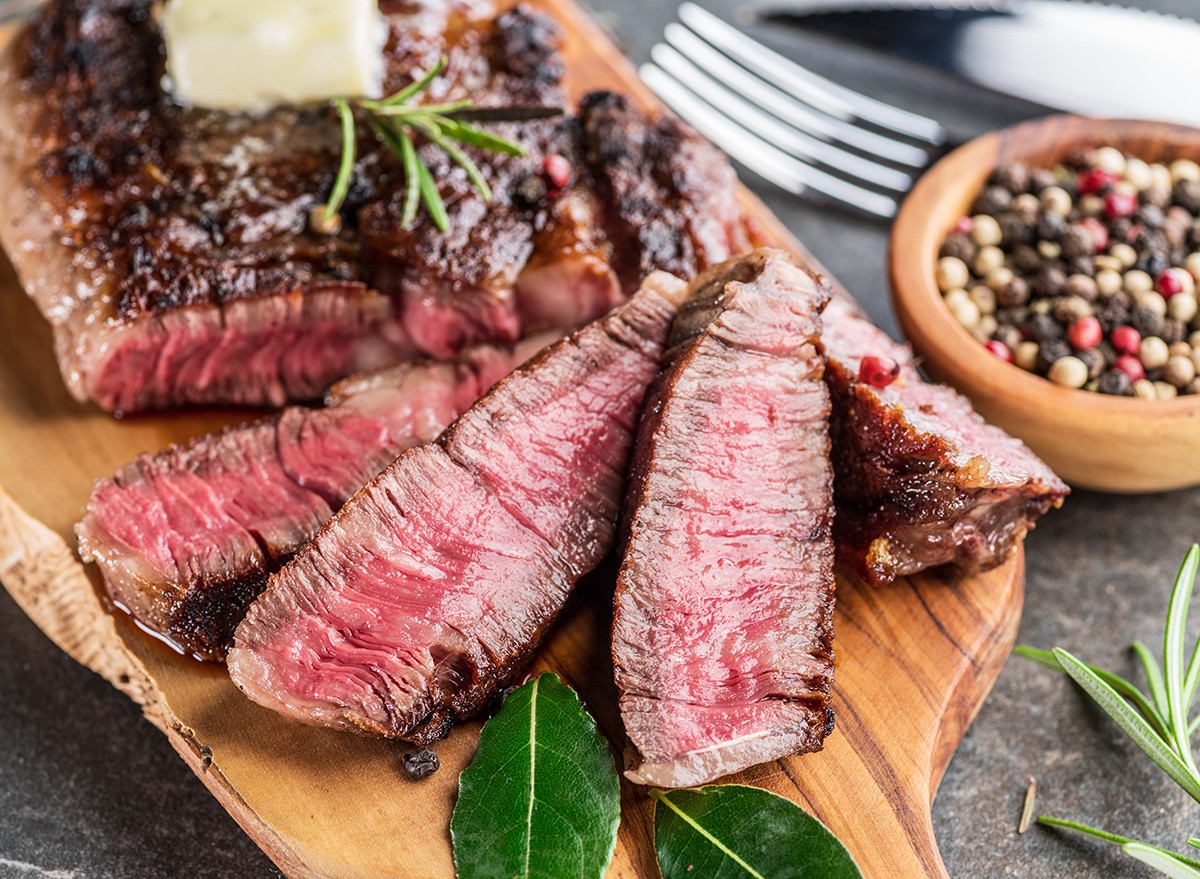
Your evening meal should stabilize blood sugar overnight while supporting hormone repair. "I would suggest a grass-fed beef or turkey bowl with sauteed zucchini, green beans, onions, mushrooms—whatever non-starchy vegetables you like," Dr. Ashley recommends. Top with fermented salsa or goat cheese and serve over cauliflower rice rather than traditional grains. Add a side salad with fermented beets or a kefir-based dressing to maximize gut health benefits and GLP-1 production while you sleep.
RELATED: 20 Possible Ozempic Side Effects
Evening Options That Won't Derail Progress
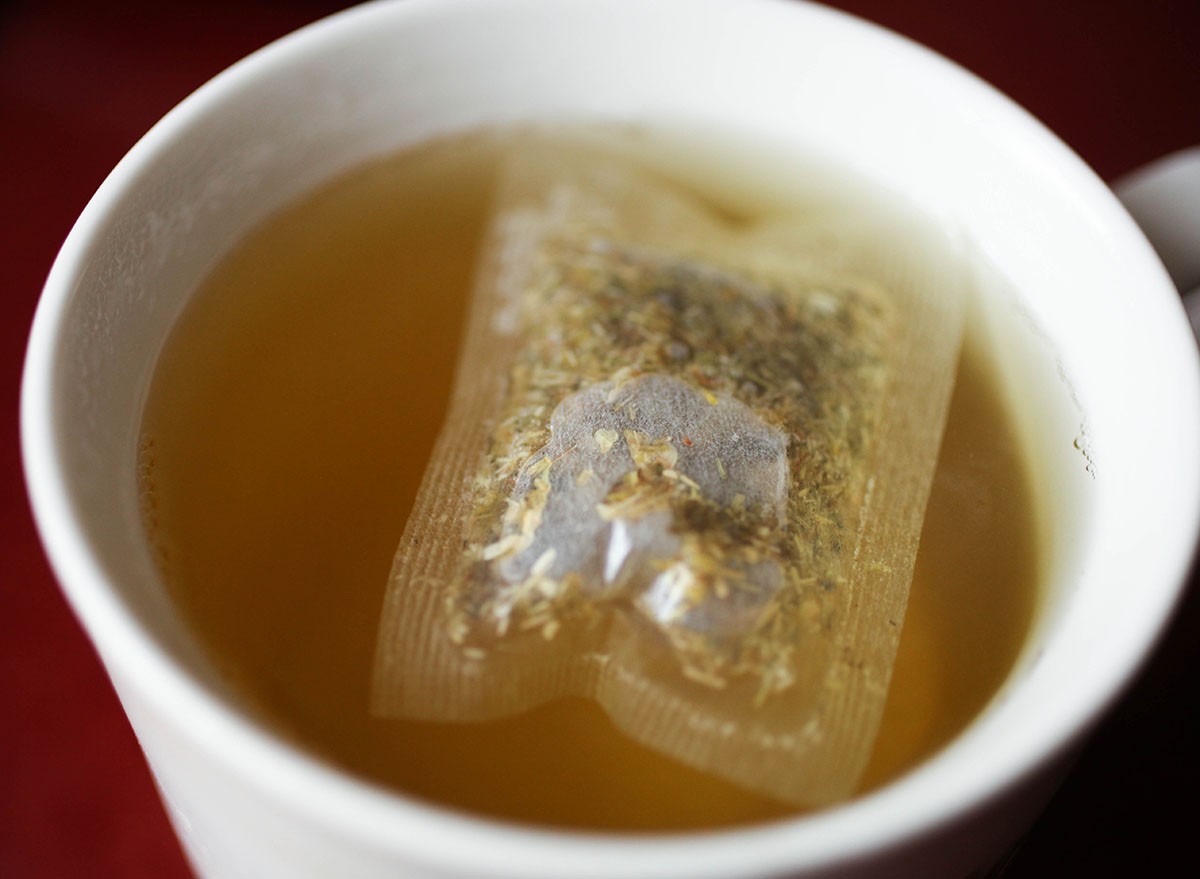
If you're genuinely hungry after dinner, several options can satisfy without disrupting your GLP-1 production. "Chamomile or peppermint tea with cinnamon is great, as cinnamon improves insulin sensitivity and digestion," says Dr. Ashley. For more substantial evening hunger, she suggests bone broth or hard-boiled eggs with salt. These options provide satiety without the blood sugar spikes that would counteract the GLP-1-boosting effects of your carefully planned day.
Train Your Body For Long-Term Success

The true benefit of naturally boosting GLP-1 is establishing sustainable metabolic health. "When you stimulate GLP-1 naturally through food, the right movement, gut health, and blood sugar stability, you're actually retraining your system," Dr. Ashley emphasizes. This approach builds "metabolic muscle" to control appetite and burn fat without external intervention. Unlike medication dependence, naturally optimizing your GLP-1 production empowers your body to maintain weight loss long-term.
Avoid Common Side Effects Of GLP-1 Medications
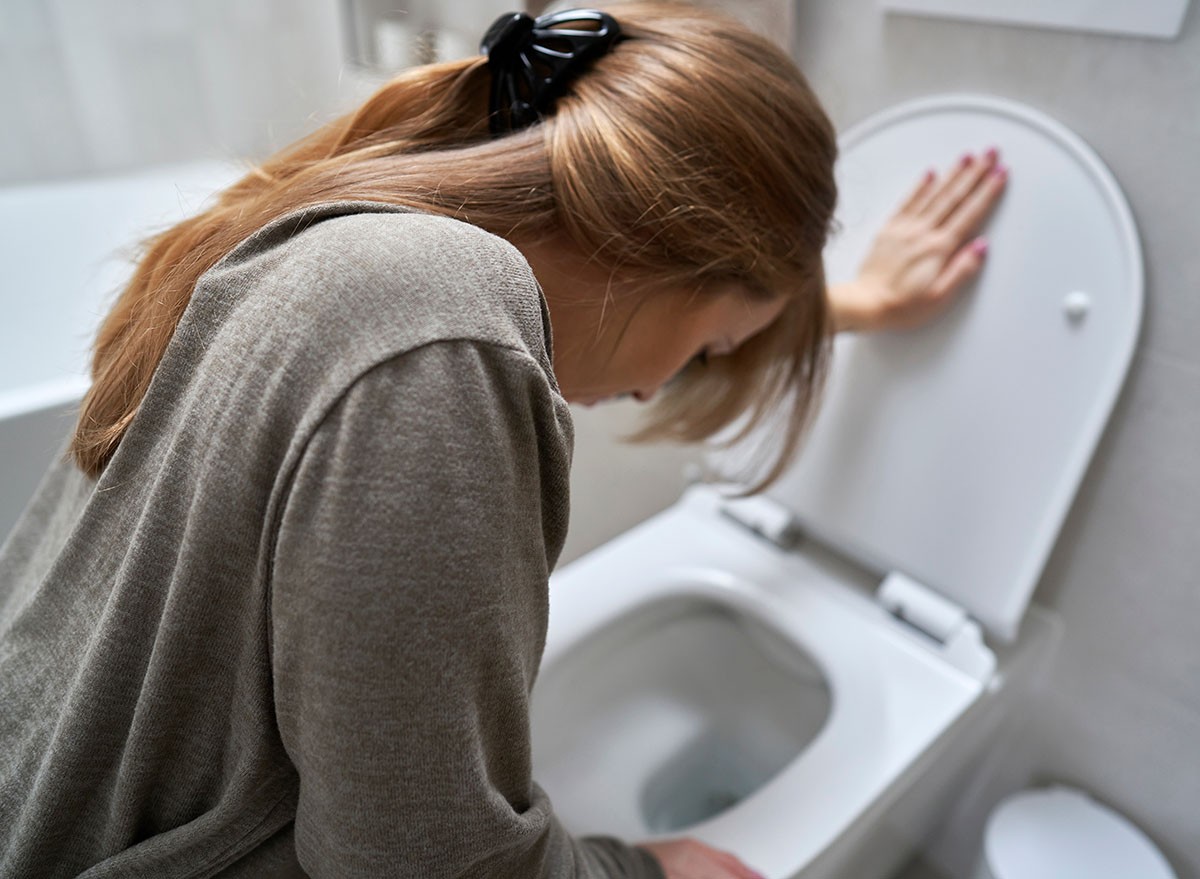
GLP-1 medications often come with unwanted side effects that natural methods avoid. "You can avoid the common side effects like nausea, fatigue, slow digestion, constipation, and especially muscle loss, which we're seeing more and more with long-term medication use," Dr. Ashley points out. By choosing the natural approach, you're working with your body's existing systems rather than overriding them, leading to better overall health outcomes while still achieving weight management goals.
RELATED: What Happens to Your Body When You Stop Taking Ozempic
Take Action Today For Real Results

Implementing these strategies requires commitment but delivers lasting benefits. "You've got to step up to make the change. Lead with your heart, train your mind, and do not negotiate with your body," Dr. Ashley encourages. Start by incorporating one meal suggestion today, then gradually build toward the full day plan. Focus on protein-fiber combinations, include fermented foods at each meal, and prioritize blood sugar stability. Your body's natural GLP-1 production will respond, creating sustainable appetite control without medication dependence. And if you enjoyed this article, take advantage of these 15 Quick Ways to Lose Body Fat Percentage in a Week.




